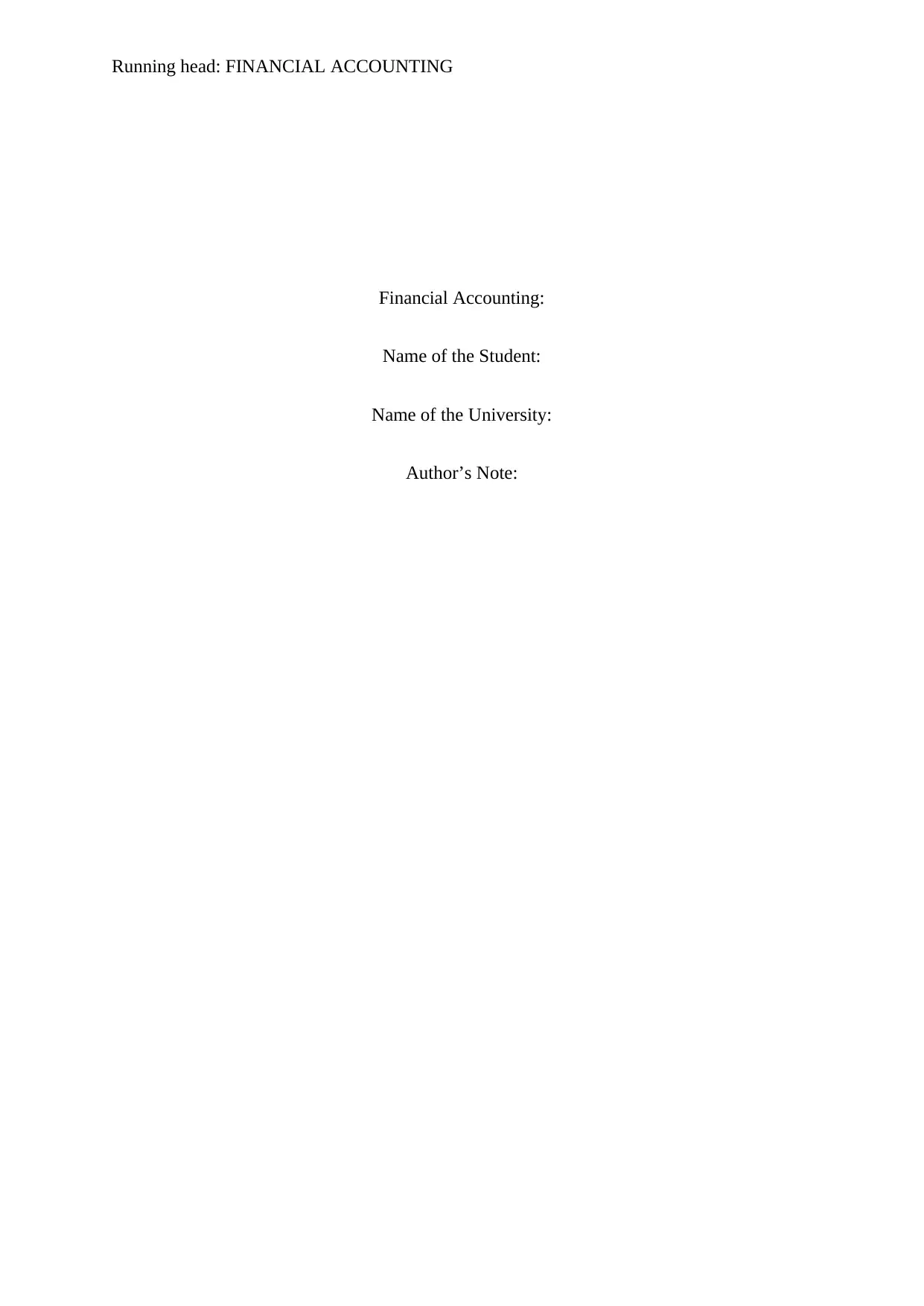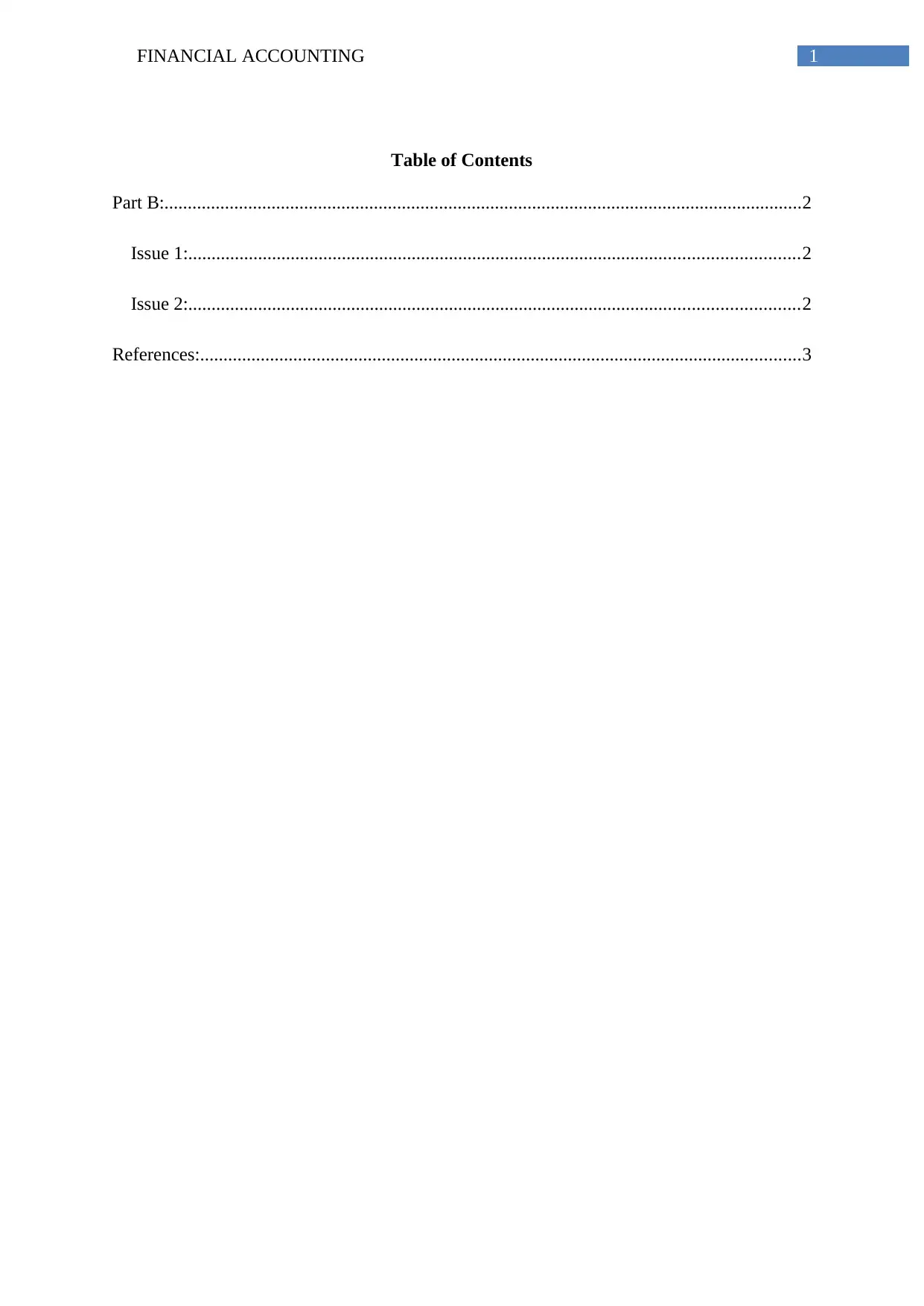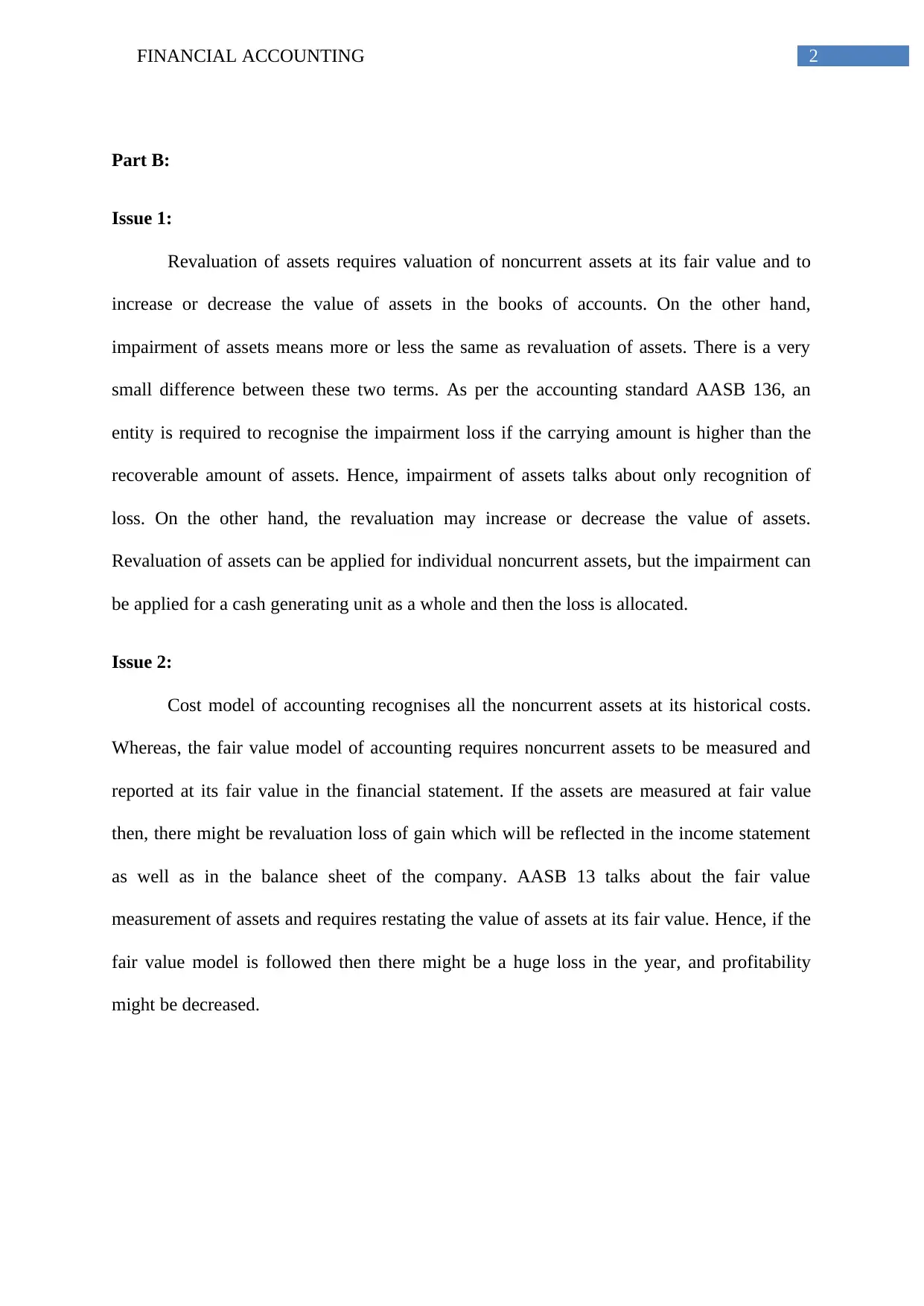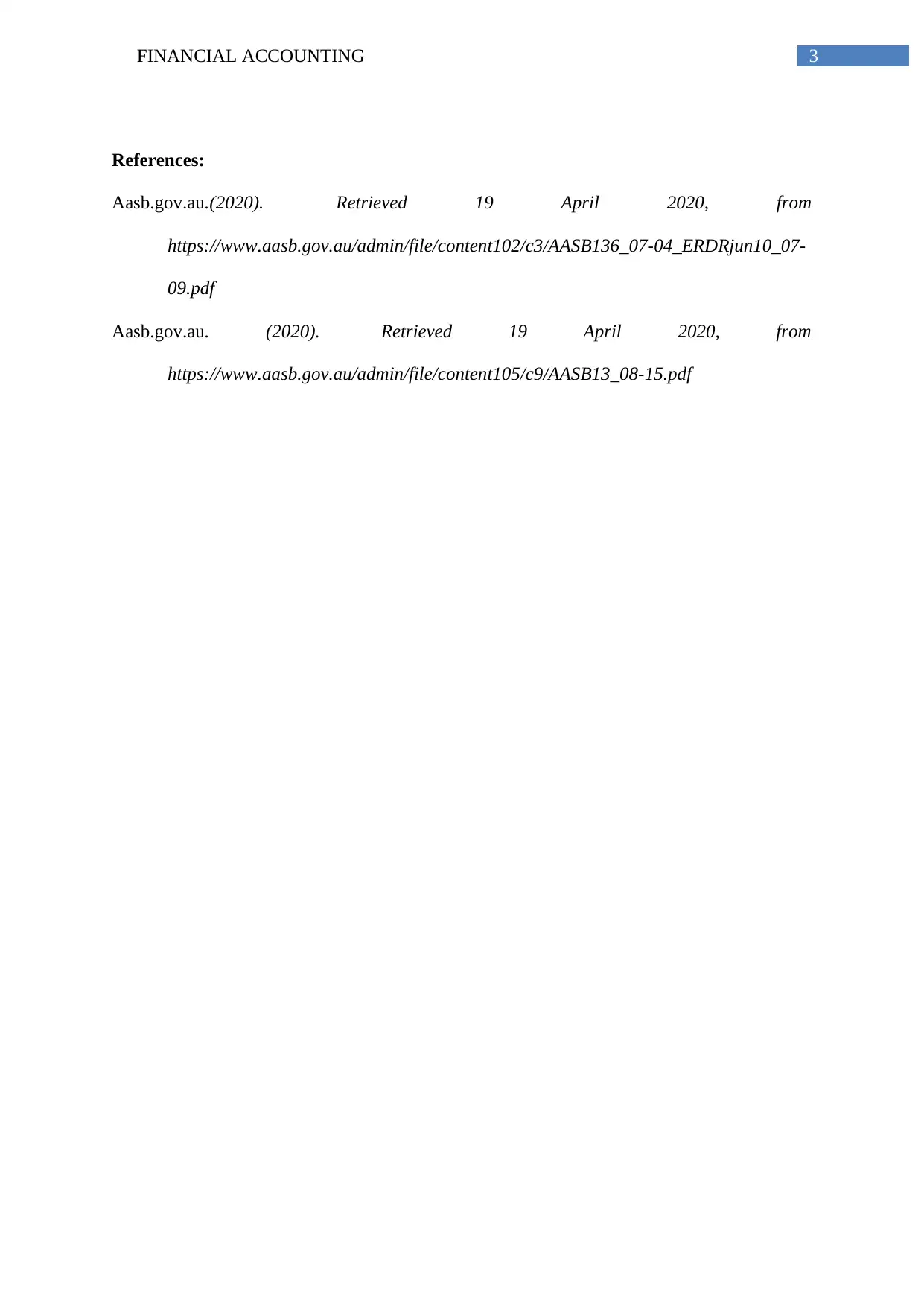Case Study: Financial Accounting Processes - ACCT6003, Week 9
VerifiedAdded on 2022/09/26
|4
|354
|20
Case Study
AI Summary
This case study, prepared for ACCT6003 Financial Accounting Processes, delves into the accounting treatment of non-current assets, shares, and debentures. It addresses key concepts such as impairment and asset revaluation, comparing and contrasting the cost and fair value models. The solution examines the differences between impairment and revaluation, highlighting the application of AASB 136 and AASB 13, along with the accounting implications of each. The assignment includes a discussion on the revaluation of assets and the recognition of impairment losses. The provided solution offers a comprehensive understanding of financial accounting principles applied to real-world scenarios, providing students with valuable insights into the application of accounting standards and practices.
1 out of 4











![[object Object]](/_next/static/media/star-bottom.7253800d.svg)